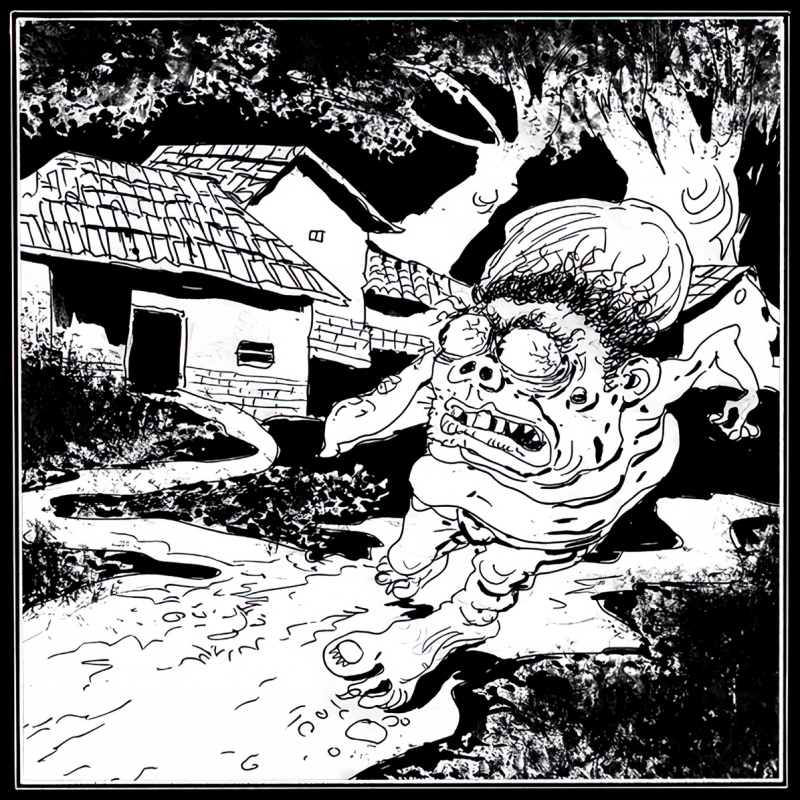Помни, Странник: коровы бойся спереди, коня — сзади, а химеры — со всех сторон!
Bestiary.us
энциклопедия вымышленных существБыстрый переход
- Сверхъестественное Бестиарий сериала "Сверхъестественное" ("Supernatural" series)
- Бестиарий Сапковского Бестиарий книг Анджея Сапковского о ведьмаке, волшебные существа и расы мира Геральта.
- Игра престолов Сага о мире Семи Королевств. О мире суровых земель вечного холода и радостных земель вечного лета. Мире лордов и героев, воинов и магов, чернокнижников и убийц — всех, кого свела воедино Судьба во исполнение древнего пророчества. О мире опасных приключений, великих деяний и тончайших политических интриг.
